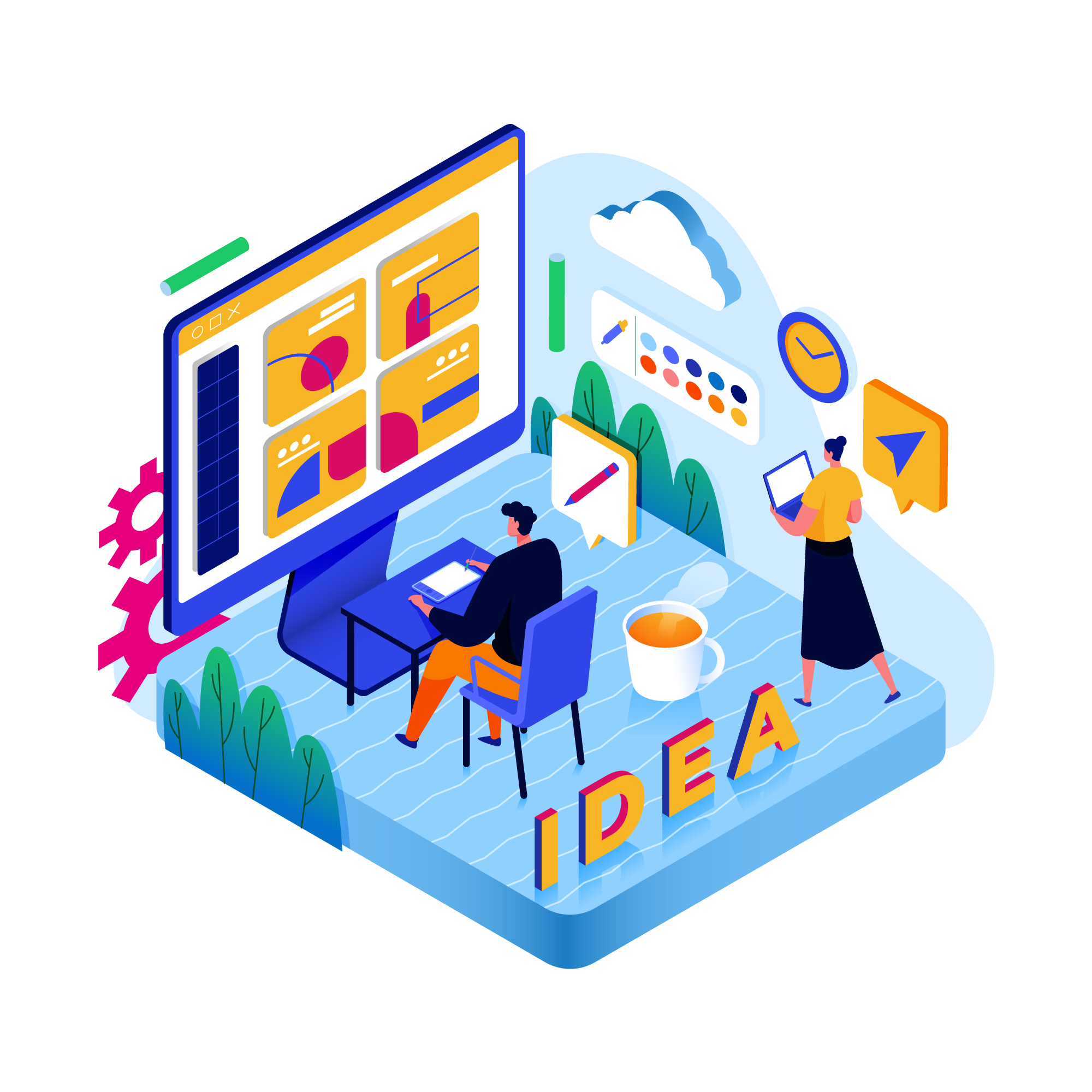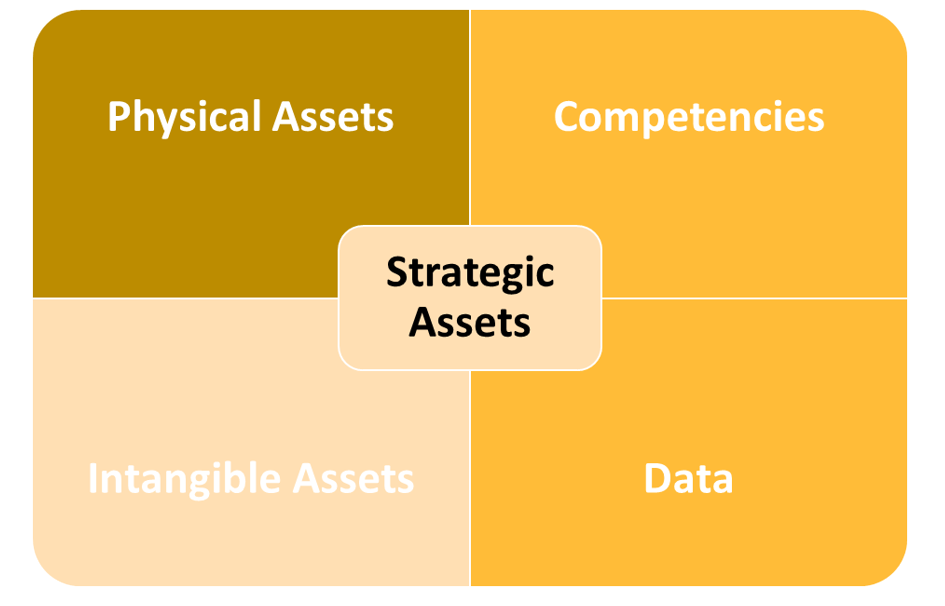Reinventing Traditional Business: Leveraging Traditional Strengths to Survive and Thrive in a Digital World

The message to business leaders over the past decade has been consistent, “Disrupt, or be disrupted”. With this message industry examples are offered to drive the message of the eminent threat home. Prophets of the digital era are quick to name unicorns such as Airbnb, Uber, Netflix, and Instagram and those that fell on their own sword of complacency like Kodak or Blockbusters.
One of the main inhibitors of change listed by Richard Dobbs, Tim Koller, in Sree Ramaswamy in their October 20015 HBR article, The future & How to Survive, is the fear that a new product or channel will cannibalize of an existing business, leaving them stuck with strategic inertia. Having reviewed in access of 2,000 digital business model strategies across diverse industries, and more than 49 countries and six continents since 2018 it is clear that leadership in traditional industries have since acknowledged the burning platform, and the reality that digital business model innovation is a prerequisite for growth, if not survival, in the future.
With the underlying logics of digital business models often fundamentally different from what managers in traditional industries have been used to, and digital native unicorns being held up as the poster child for digital business models, traditional industry often feel that it has been left in a vacuum between knowing that change is needed, and having the tools and methods guiding them through the transformation.
can integrate and be leveraged with modern cloud based technologies. Often, the Intangible assets, such as brand, reputation, and company culture, can be the springboard to launch your future state from, but can also inhibit your transformation effort, and careful consideration must be given.

But which of your potential strategic assets will be the building blocks on which to build your digital business model? Strategic Assets are VRIN: valuable, rare, inimitable, and nonsubstitutable.
Leveraging Strategic Assets
Having no legacy issues is often punted as a strategic advantage for digital native businesses. Critical to traditional businesses is to realize that at their core there are strategic assets that will help you win. George Westerman at MIT Sloan goes as far as stating that “If the new vision can’t build on some of your company’s strengths, then there is no sense trying to implement it. Another company—one that is faster, more nimble, and less burdened with legacy issues—will execute better and win the game.”
A useful framework for identifying strategic assets that will support digital business model innovation consists of:
Potential strategic assets can be physical assets like retail stores or manufacturing plants. Competence-based assets, such as expertise, excellent front line staff or flexible and efficient operations. Data assets that can provide analytics advantages and information technology such as an ERP that
Start by looking at your strategic assets through a new lens. Can you reconfigure or combine them to create something that offer a competitive advantage in a digital world? Start with known unmet customer needs or sources of complexity in your operations. Ask yourself how you can use or combine assets differently to address these, and how to leverage technology to deliver it economically.
Existing companies will thrive in digital transformation not by doing something completely new, but by taking advantage of their existing capabilities to gain advantage through digitization.

